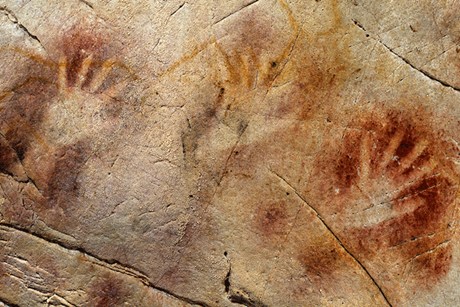The Islamic art collection at the Los Angeles County Museum of Art, LACMA.
Islamic art influences our home environment as much as every other part in our lives.
Great art that seemed to evoke some sort of meaning as the Islamic arts seem to portray is a wonderful and valuable addition to our lives.
When we talk about tiles that have come to us from this region the history is rich and the product awe inspiring. Few understand the rhythm and sequence of the Moorish styles that are as complex as age itself. Some say it was a study upon the starts and some say that it was complex art at it’s best. No matter what we can not deny that the depth and beauty that it can add to our own environment.
Custom tile making is the best way for you to explore your own style within this area of expertise. Work with experienced artisans that can help you realize your dream home.
Whether we talk about the extreme geometry used in the Moorish styles in Morocco to, name just one area,






